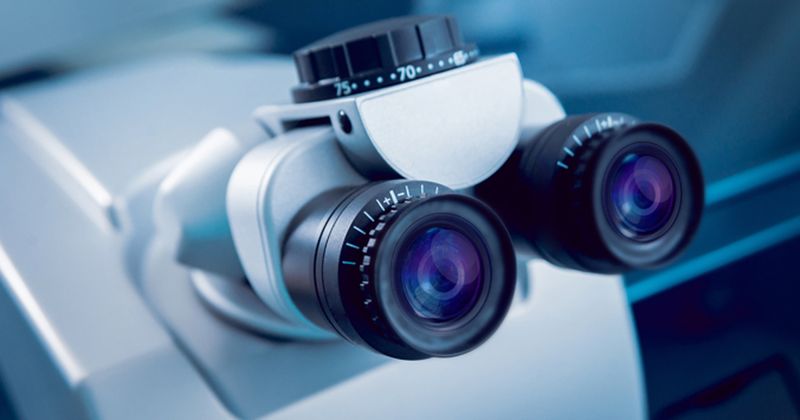Survey: Ortho-K fitting has high potential for growth over next 2 years
A recent survey estimated that nearly 3,000 practitioners are prescribing and fitting orthokeratology, and that number is expected to climb in the next 2 years, according to new research in Optometry and Vision Science.
“Data on the orthokeratology market in the United States are scarce and limited in scope,” Michael J. Lipson, OD, FAAO, of the department of ophthalmology and visual science at the University of Michigan, and colleague wrote. “This is the first survey published to assess such a detailed level of practitioners’ attitudes, fitting habits and usage patterns relative to the process of orthokeratology and the clinical profile of orthokeratology patients.

“A concerted effort was made to distribute the survey to a diverse group of eye care practitioners.”
The Fitting of Orthokeratology in the United States survey was administered electronically and comprised 52 multiple choice questions. Outcomes of interest included practice and practitioner profiles, clinical prescribing patterns, patient profile, products and marketing, fees, and market size and growth.
According to results, of 545 eye care practitioners who responded to the survey, 52% reported they were actively fitting ortho-K, 14% had prescribed in the past but discontinued, and 34% had never prescribed. Of those actively prescribing, 87% were optometrists, 7% were ophthalmologists, and 6% were opticians.
The survey further revealed that 68% prescribe ortho-K with the intent of managing myopia, 53% monitor axial length, and 61% start patients at 13 years or younger. Of those currently fitting, 56% anticipate ortho-K growth in the next 2 years, and of those not currently fitting, nearly 50% plan to start during that time.
A new patient may generate between $6,838 and $8,248 of revenue during this time, researchers wrote, assuming ortho-K wear averages 7.8 years.
The most frequently reported complication was corneal staining, with 58% of respondents reporting it occasionally. The most serious complication is microbial keratitis, although 44% of prescribers reported seeing no cases in the past 5 years.
“Overall, orthokeratology is a small but growing segment of the overall contact lens market” Lipson and colleague wrote. “Its significant role as a means of slowing axial elongation and myopia progression for children continues to fuel growth.
“Growth opportunities for orthokeratology are evident by interest in initiating the process by those not currently fitting and intention to increase fitting by those who are currently fitting.”
